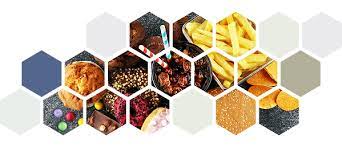IZS - Istituto Zooprofilattico Sperimentale Abruzzo e Molise
Mineral oil hydrocarbons in food

- Source. LECO
What are mineral oil hydrocarbons?
Mineral oil hydrocarbons (MOH) are a diverse group of chemical compounds
mainly derived from petroleum distillation and refining.
They are divided into two main categories based on their chemical structure:
- Mineral oil saturated hydrocarbons (MOSH)
- Mineral oil aromatic hydrocarbons (MOAH)
MOH in food
Mineral oil hydrocarbons can enter food in many ways - through environmental contamination, use of lubricants for machinery, release agents, processing aids, food or feed additives and migration from food contact materials.
- Vegetable oils
- Dairy products
- Crisps, ready-toeat meals/salads
- Cereals (and cereal-based products)
- Baby food
- Legumes, nuts, oil seeds and spices
- Canned fish
- Chocolate (and chocolate products)
Health impact
The potential human health impact of MOH varies widely. MOSH, which are known to accumulate in the liver and lymphoid system, do not present a public health risk at current levels of dietary exposure. One type of MOAH may contain genotoxic substances that can damage DNA in cells and may cause cancer. For substances such as these, a safe level cannot be established.
EU in action
In the EU system, different actors work closely to protect public health by assessing and managing risks as well as monitoring the presence of MOH in our food.
- EFSA assesses the risks for humans posed by MOH throughout the food chain. Data on their presence in food is gathered through continuous data collection.
- EU regulations require Member States to monitor MOH presence in food following the guidance provided by the European Commission's Joint Research Centre.
- The European Commission and Member States consider EFSA's work for risk management actions.
Infographic
Source: EFSA